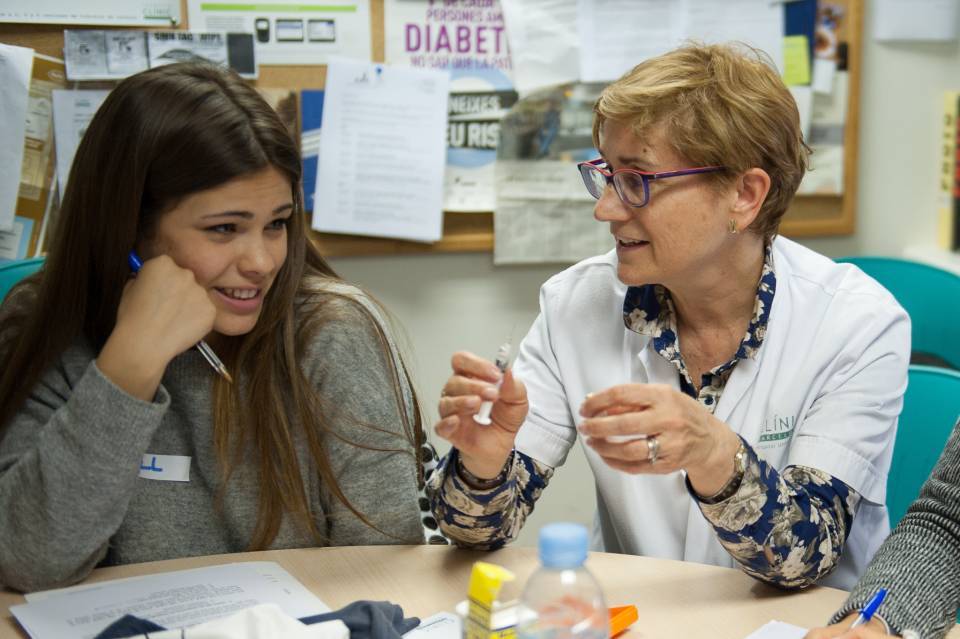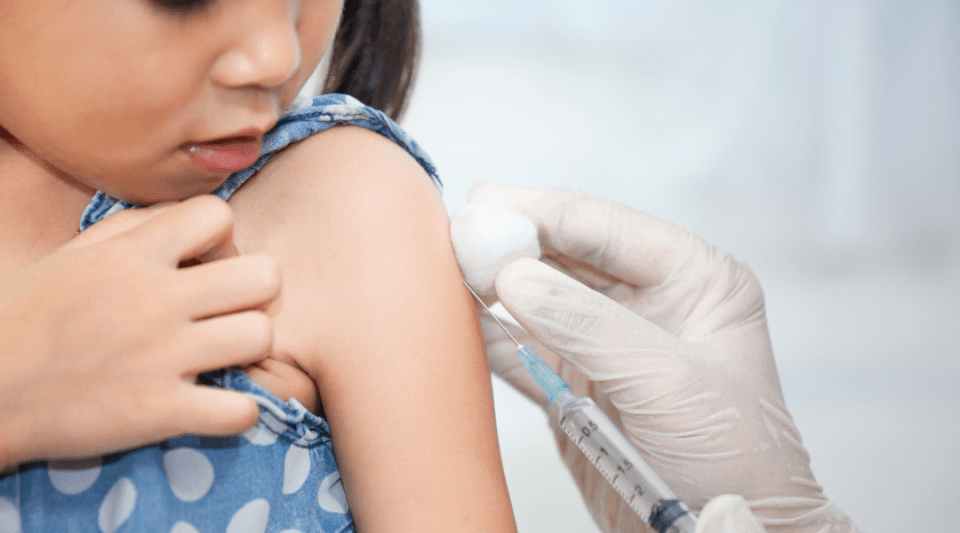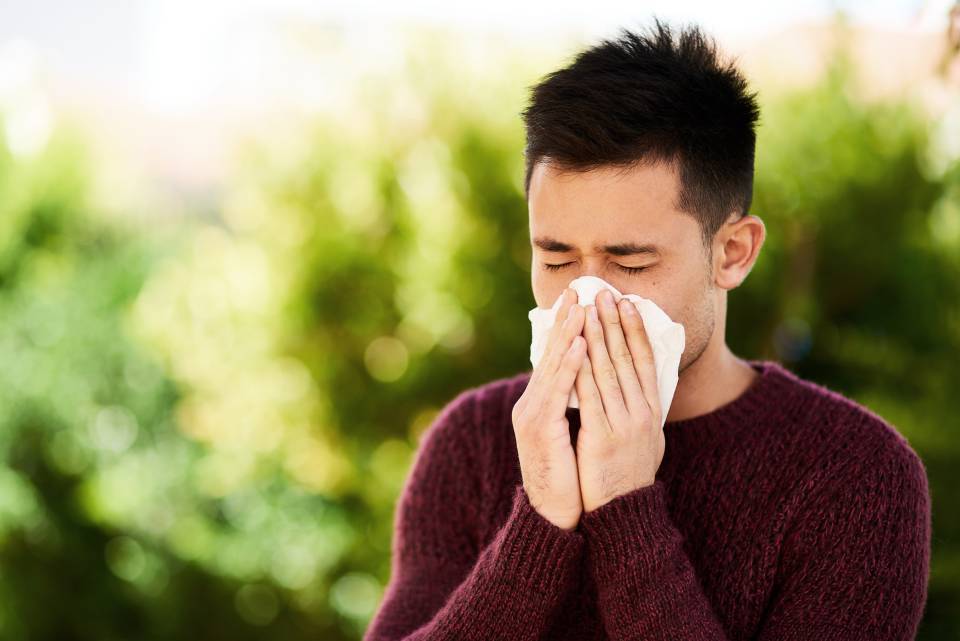Diabetes is a chronic and complex disease that requires medical care throughout all stages of life, as well as the involvement of the patient and their family to achieve good control. Monitoring treatment is particularly complex during adolescence, a period of physical and psychological changes that make young people especially vulnerable to poorer disease management. Furthermore, this is also the time when these patients are transferred from the children's hospital to the adult hospital.
A study at Hospital Clínic and Hospital Sant Joan de Déu (HSJD) evaluates how the PAET therapeutic education programme influences diabetes control and the quality of life of adolescent patients one year after being transferred from paediatrics.
18-year-old patients transferred from HSJD to Hospital Clínic between 2005 and 2015 were tracked in this study, led by nurse Mercè Vidal. The results were also compared according to the treatment received by the patients, which can be either multiple-dose insulin (MDI) or insulin pump.
Patients with type 1 diabetes are transferred to Hospital Clínic with a medical discharge report from Hospital Sant Joan de Déu at the age of 18. This is when the Therapeutic Care and Education Programme begins. It lasts 12 months and consists of 4 phases. Personalised objectives are agreed upon and a group course is offered as part of the first visit. Then, individual monitoring is carried out through quarterly and virtual visits, depending on the needs of the young person. Finally, evaluation and discharge from the programme takes place after 12 months. The patient continues to be monitored through the usual visits, according to the hospital's schedule.
Between 2005 and 2015, 330 patients were transferred. The average age was 18 years, with an even split between men and women. The results of analysing these patients showed that the programme met its objective of improving diabetes management. It also had very good follow-up, with almost 70% of the young people completing the programme. Regarding the group therapeutic education course, 61% of patients participated.
After one year, the number of severe hypoglycaemias per patient per year was reduced, as was the percentage of patients with more than 5 mild hypoglycaemias per week.
On the other hand, there was an increase in knowledge about diabetes. There was no deterioration in quality of life, and no significant change in adherence to treatment. Furthermore, after 12 months, an improvement in attitudes towards dietary behaviour was observed when comparing questionnaires completed at the start and end of the programme.
Since 2009, adherence to treatment has been recorded using the SCI-R.es questionnaire, which makes it possible to assess whether the self-care behaviours recommended by health professionals are being followed. In the initial evaluation, patients with high adherence (with a score of > 65%) were those with fewer years of type 1 diabetes, who used fewer insulin doses per day, did more blood glucose checks, and had a better quality of life than those with low adherence (with a score of < 65%).
Based on the results, it can be concluded that the therapeutic education programme continues to be effective in improving some parameters of diabetes management, especially in terms of reducing mild and severe hypoglycaemia, as well as improving knowledge of diabetes and dietary behaviour. Comparing patients according to type of treatment and degree of treatment follow-up allowed different profiles to be defined, which could facilitate specific strategies for improvement.
Coordination of transfer of these patients between the paediatric and adult units is effective, as it ensures that all patients attend the adult hospital. Nevertheless, the reasons why some young people do not complete the programme should be analysed in more detail, including evaluation of patients’ experience. This analysis could provide new strategies for improvement in this model of continued care.
Author: Mercè Vidal Flor, Diabetes Unit, Endocrinology and Nutrition Department, Hospital Clínic de Barcelona




